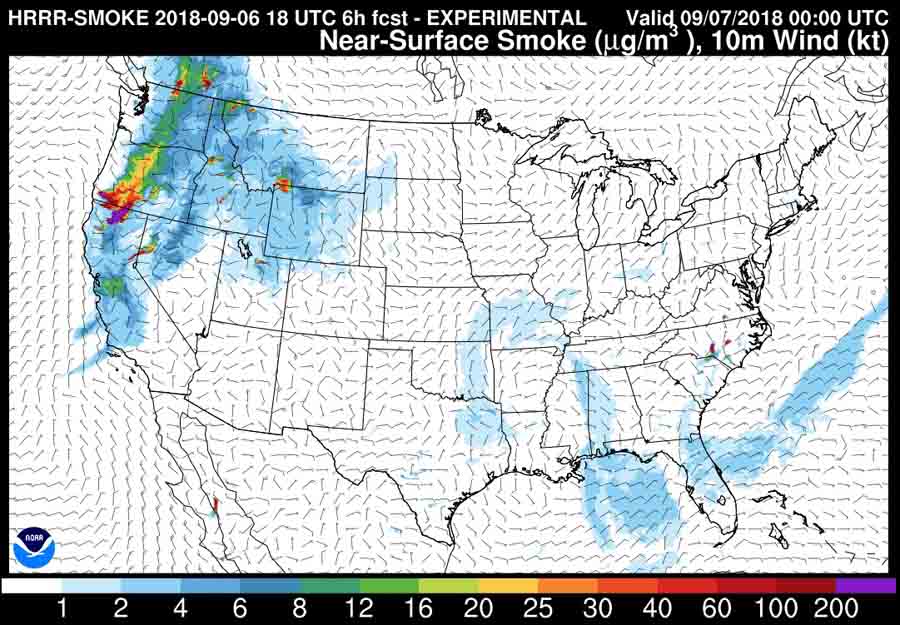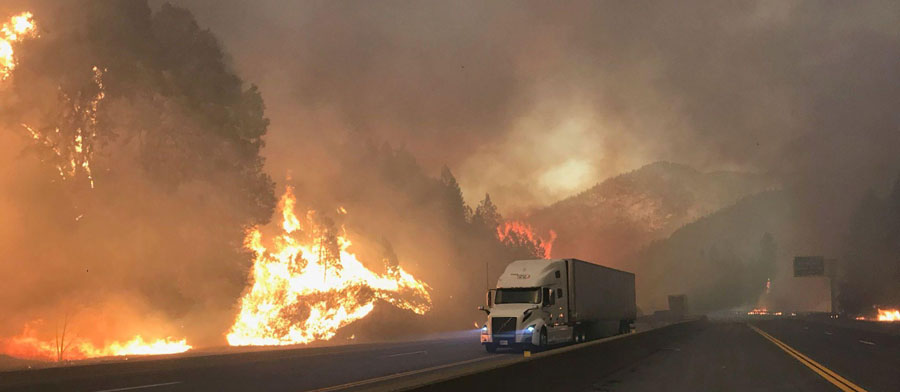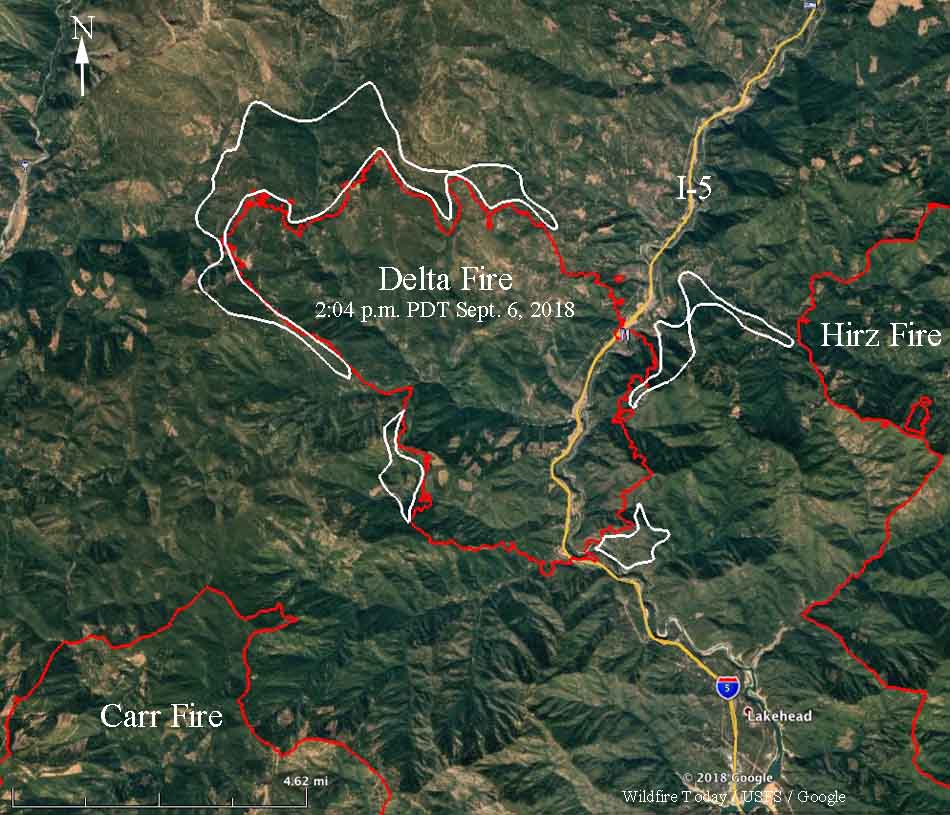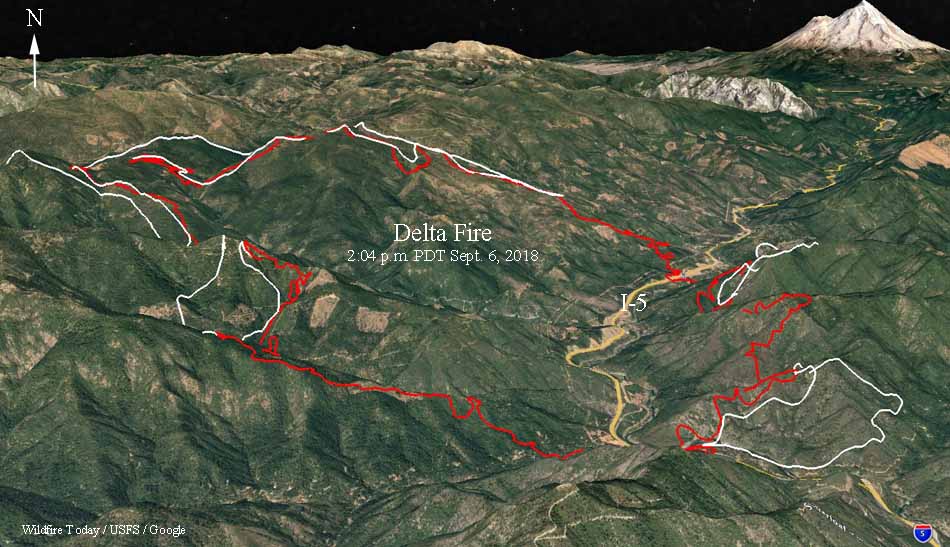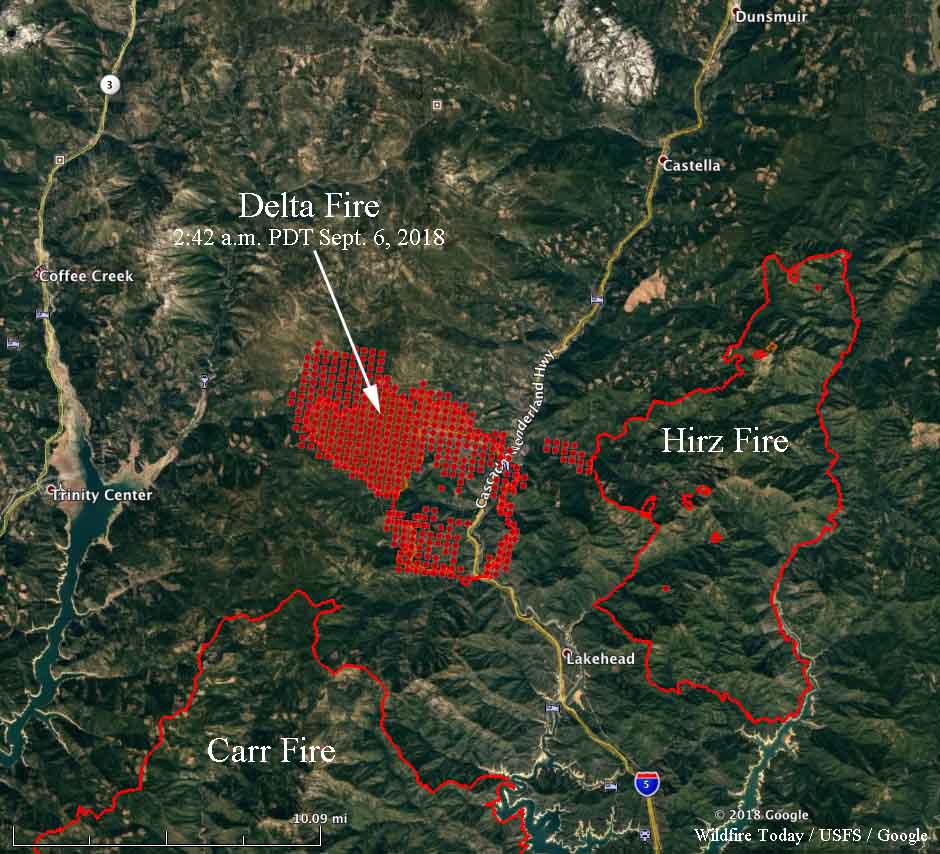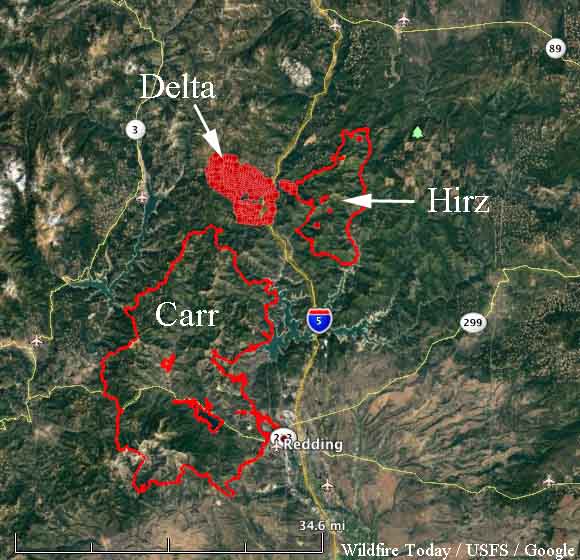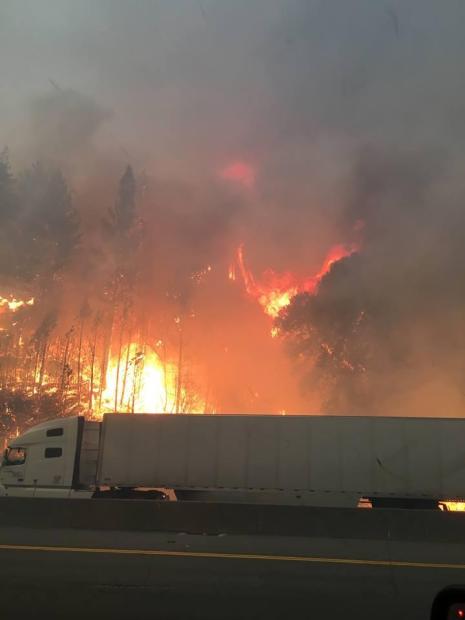Above: The Cottonwood Fire west of Chadron, Nebraska, July 18, 2012. Photo by Bill Gabbert.
The article below was written and published by the U.S. Forest Service. It seems ironic that much of the smoke described comes from fires being fought or “managed” on the agency’s lands, but this article does not address what is being done to mitigate those pollutants being generated. Or what their plans are to protect or even monitor the health of their 10,000 wildland firefighters who are chronically exposed to smoke. Their advice if smoke is a problem? Don’t go outside.
Where there’s fire there’s smoke and it’s bad for your health
By: Robert Westover
USDA Forest Service
Office of Communication
August 24, 2018
Deadly and destructive wildland fires consuming so much of the West, from California all the way to British Columbia, are not only affecting those who have had to flee but those who are downwind of these massive infernos. Smoke from this year’s summer wildfires have delayed air traffic in the Seattle area and even resulted in warnings for healthy adults to stay inside.
Smoke-related health symptoms include scratchy throat coughing, sinus inflammation, stinging eyes and runny nose and sometimes headaches. And, according to the CDC, exposure to wildland fire smoke can cause chest pain, a fast heartbeat or wheezing or bring on an asthma attack. Sometimes those with heart disease may experience chest pain, irregular heartbeats, shortness of breath and fatigue.
At one point, in early July, before the prevailing winds helped de-choke Washington state, Seattle was reported to have the worst air quality in the nation. Colorado wasn’t spared as smoke from Canadian blazes blocked the view of the Rocky Mountains throughout the Denver metro area. In the San Francisco Bay area, smoke from wildfires on Forest Service managed lands north of the bay forced authorities to issue a rare air quality advisory. They even suggested people not drive to limit additional pollutants in the air and advised those with certain health issues, like asthma, to stay inside. And in Portland, Oregon, public schools suspended outdoor sports activities.
Wildland fire smoke includes particles from not only burning trees and grasses but also chemicals from buildings mixed with gases. So if your eyes feel like they’re stinging, smoke exposure could also be inflicting other damage as particles could be getting into your respiratory system.
So what do you do to avoid health issues caused by poor quality air from wildfires?
Heed the advice of authorities and stay inside once a smoke alert has been issued. Also if you see or smell smoke from wildfire in your area or a place you plan to visit, check the national Air Quality Index website to see if you should stay inside.


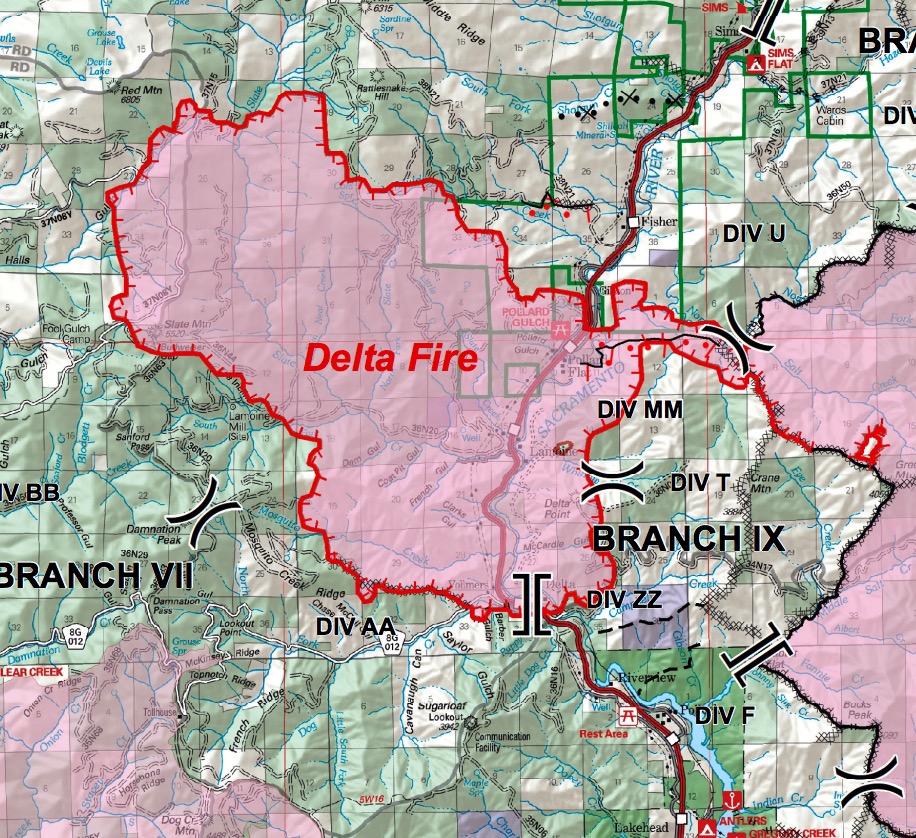
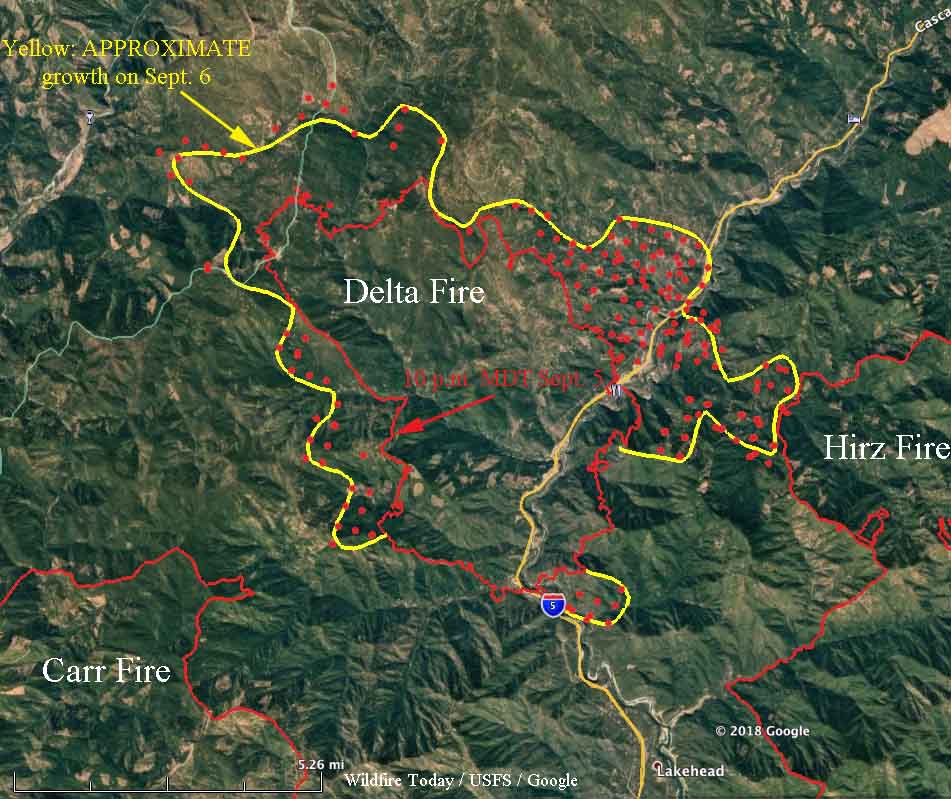
 When a fire in Kootenai Creek blazed to life more than two months ago, Bitterroot National Forest officials warned it would likely burn through the summer.
When a fire in Kootenai Creek blazed to life more than two months ago, Bitterroot National Forest officials warned it would likely burn through the summer.

